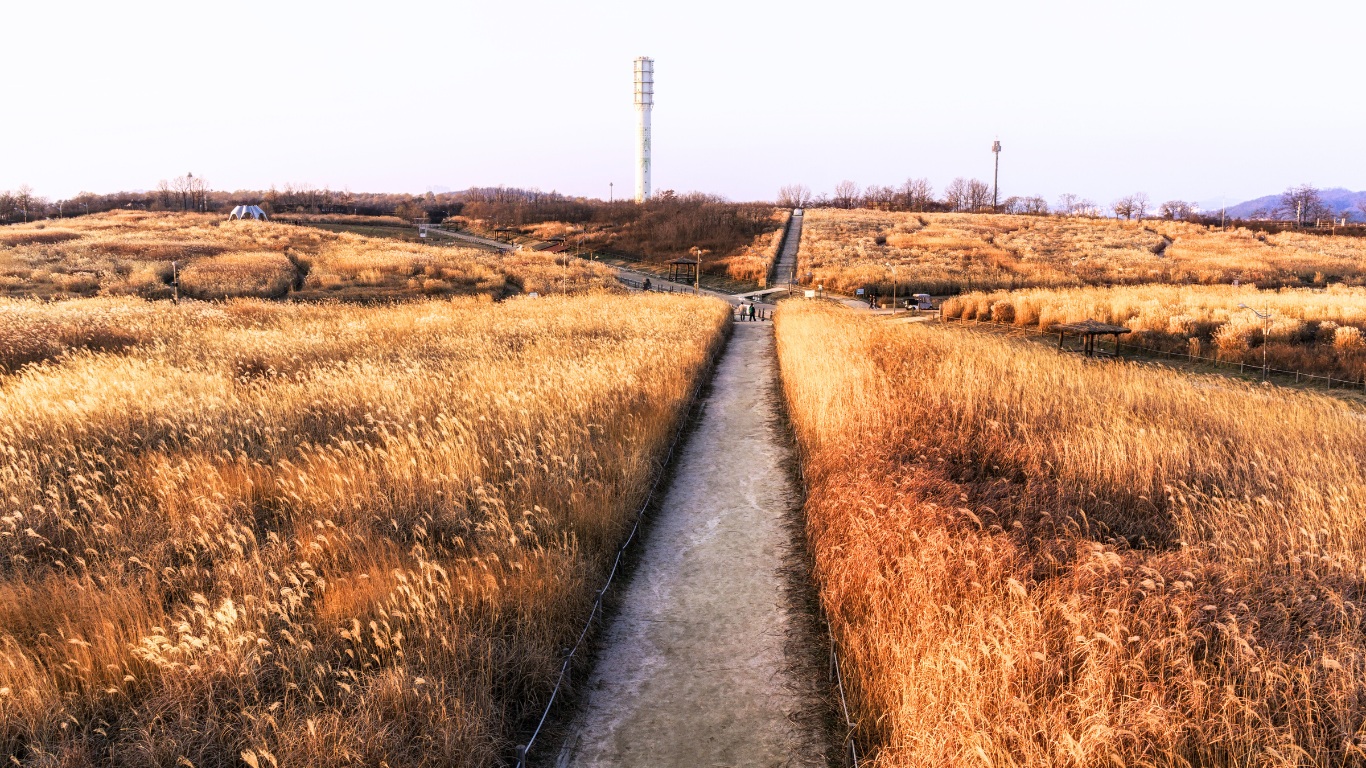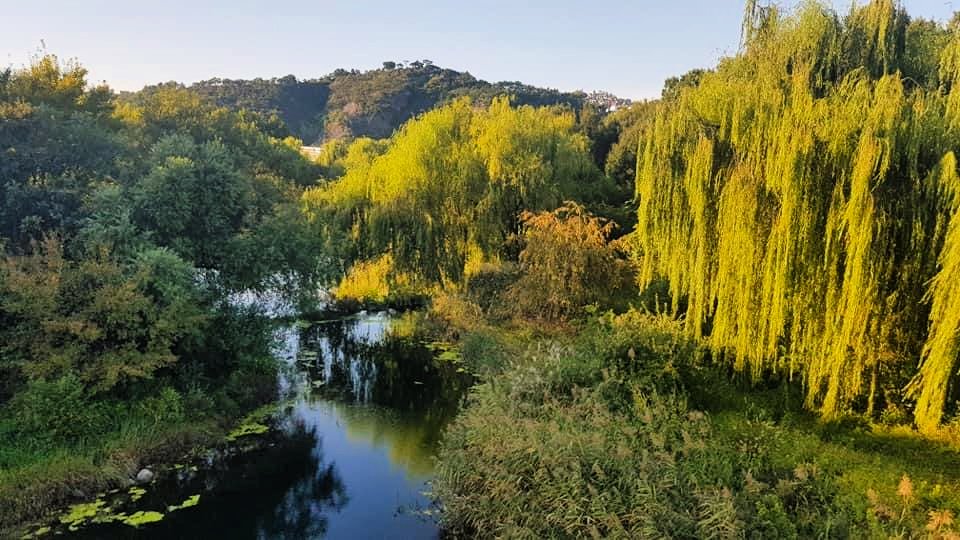Nakseongdae Park in Seoul
 Nakseongdae Park in Seoul was the birthplace of General Kang Gam-chan (984-1031)
Nakseongdae Park in Seoul was the birthplace of General Kang Gam-chan (984-1031)nakseongdae park in Seoul
Nakseongdae Park in Seoul is the birthplace of General Kang (984-1031) of the Goryeo Dynasty. This park was established to commemorate this great military commander who defeated a massive invading enemy.
A bronze statue of General Kang Gam-chan on horseback is the most prominent sight in the middle of the park.
General Kang earned this honor as he became a hero for defeating the strong and massive force of Khitans of Liao Dynasty. Khitan was an imperial dynasty in East Asia that ruled Mongolia, Northeast China, Russian Far East, and North Korea.
Inside the park, you will also see more prominent items and structures, including the granite pagoda, Anguksa Temple, among other things and interesting places.
As a park, Nakseongdae Park has thick forest areas with a variety of trees such as birch, pine, oak, and more making it ideal for a relaxing place to stroll alone or with friends or family.
origins & legends
 Wooden entrance gate to the walled spacious garden of the park
Wooden entrance gate to the walled spacious garden of the parkAs aforementioned, Nakseongdae Park was the birthplace of Gang Gam-chan and located in Gwanak District, Seoul.
The name 'nakseongdae' is from Chinese characters that means "the place where a star fell." That star refers to the general himself who defeated a significant number of invaders.
LEGEND: Kang Gam-chan's mother bore him after she dreamt that a star fell to her breast.
History and Descriptions
Nakseongdae Park was designated as Seoul City historical legacy in 1972.
Then in 1973-74, the Anguksa Shrine was constructed to commemorate and honor the legacy of Kang Gam-chan who stopped the enemies from invading Seoul.
Surrounding the Shrine is a stone wall with a circumference of more than 400 meters.
The Shrine emulates the wooden architectural style of the Goryeo Period. Prominently, it has high ceilings and where Gang's portrait is being housed.
You will find this Shrine on the road leading to Seoul National University's back gate.
In front of the Shrine is the bronze statue of the general riding his horse.
 An entrance to Nakseongdae Park in Naksandong, Seoul
An entrance to Nakseongdae Park in Naksandong, Seoul An old stone pagoda inside the park
An old stone pagoda inside the parkThe Stone Pagoda
The Stone Pagoda, known as "Kang Gam-chan Tap" or "Kang Gam-chan Nakseongdae Tap," has a rich and fascinating history. Standing 4.46 meters high above the ground, this granite three-story pagoda was crafted in the 13th century, making it a remarkable testament to the architectural and artistic prowess of its time.
The pagoda's narrative takes a poignant turn during the Japanese invasion of Korea in 1592-1598. As per some accounts, the invading soldiers not only destroyed the pagoda but also plundered its treasures.
This event, though tragic, adds layers of depth and mystery to the pagoda's story, captivating the hearts and minds of all who encounter it.
Despite its trials, the Stone Pagoda stands proud, symbolizing resilience and endurance. Its ancient stones bear witness to centuries of history, making it not just a physical structure but a living artifact of the past.
As you stand in its presence, you can't help but feel a profound connection to the generations that have come before, each leaving their mark on this enduring monument.
 Nakseongdae Park is lush with green plants and trees of various species.
Nakseongdae Park is lush with green plants and trees of various species.Getting to Nakseongdae Park
Various public transports can get you there quickly, including the subway, bus, taxi, or public vehicle.
Seoul Subway
You should take Seoul Subway Line 2 and get off at Nakseongdae Station. Then proceed to Exit 4 to see the park ahead.
Bus
By bus, you can take Gwanak 02 that travels to Nakseongdae Park and English Village.
If you need further information, you may use the following details:
Nakseongdae Park Address: Nakseongdae Park, 77, Nakseongdae-ro, Gwanak-gu, Seoul
Phone: 02-879-6519 (Nakseongdae Park Management Office)
Thanks for reading through this page and I hope this is useful.
Have a wonderful trip!
- Home
- Seoul Attractions Best
- Nakseongdae Park In Seoul
Get Exciting Activities
Book one of our exciting activities today to experience the thrill of a lifetime! Take advantage of this opportunity and secure your spot in advance.
Hotel Map Guide
Find your affordable, accessible, and comfortable hotel in Seoul at Agoda.Com. See the hotel map below...
Hotel Booking Guide
Find affordable and amazing hotels on Agoda.com using the search box below. Book now to enjoy great discounts and save!







New! Comments
What do you think about this page? Leave me a comment in the box below.